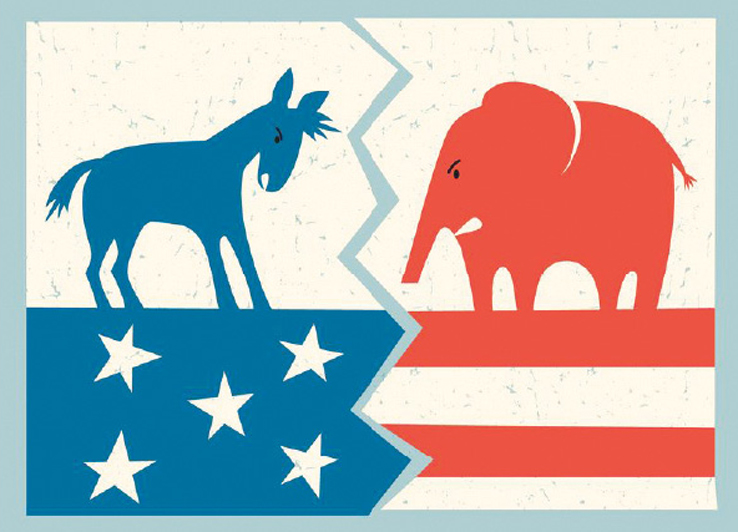
Every house should have a small assortment of sparkling wines, chilled and ready to go for virtually any excuse. A drop-in visit from a friend, a birthday, a promotion, a holiday or just because are all ample reasons to pull out some nice glassware and pop the cork. And the ritual of opening the closure cage followed by the “pop” will get anyone”™s attention as the anticipation builds. Although there are sparkling wines costing hundreds of dollars, there are bubblies from around the world that are affordable, tasty and fun.
A couple of decades ago, the less-known sparklers of the world such as Prosecco from northeast Italy, Cavas from Spain and various bubblies from California were fairly dull and uninteresting to me. Better vineyard practices coupled with improving winemaking techniques have had a profound effect on the quality of wine worldwide, and bubbly is no exception. France”™s Champagne region has had fairly stringent rules for production and protecting its name since the early-20th century. Other regions used different grapes and different methods from very different terroirs to produce wines of little distinction.
Bubbly wines are made by first making a still wine and then creating a secondary fermentation either in the bottle or in pressurized tanks known as the Charmat or Martinotti method. Prosecco is the best- known producer employing the Charmat method. The secondary fermentation in the bottle requires stronger glass bottles with an exaggerated indentation, known as the punt, in the bottom of the bottle to withstand the pressure. Champagne calls this secondary fermentation in the bottle “Méthode Champenoise” but by trademark has prevented others from using this term. “Méthode Traditionelle” is now the commonly used term.
Today, Prosecco has DOC and DOCG status, as seen throughout Italy, which indicates quality. Look for the DOCG label in the neck. Most labels bear a QR code, which gives you a world of information about what”™s in the bottle. Franciacorta is a relatively small region situated between Venice and Milan on the southern shore of Lago d”™Iseo in north-central Italy. Production of Franciacorta sparkling wines began in 1961 with 11 producers agreeing to the methods. Franciacorta can be bone dry or pleasantly sweet or anything in between.
Dom Perignon, (1638-1715) the monk and cellar master of a winery in France, gets all the credit for infusing bubbles into wine but there is evidence that many winemakers were playing with the concept long before him. In Limoux within the Languedoc region of southern France, sparkling wines were being made as early as the 12th century. The technique is to arrest the primary fermentation through chilling before all the sugars are transformed into alcohol. This keeps carbon dioxide bubbles in the wine as it is bottled. These wines are often low alcohol, which makes them perfect for a day at the beach.
Crémant wines are made in Méthode Traditionelle in many areas of France with different grapes from those in Champagne, but they are often delicious and very affordable. Look for a Crémant made from Chenin Blanc or Riesling grapes. Sekt sparkling wines from Germany and Austria, previously for domestic consumption, have stepped onto the world stage as well.
California has seen perhaps the biggest improvement since the 1960s. Several Champagne producers have taken notice and established wineries there. Taittinger built Domaine Carneros in Napa from the ground up. Louis Roederer acquired Scharffenberger Cellars in Anderson Valley. And Moët et Chandon established Domaine Chandon in Yountville in 1973. The French producers brought generations of grape and wine knowledge to California where you can now find high quality sparklers.
This is far from a comprehensive list of the different bubblies of the world. There are so many interesting choices out there today. Look for a store that has a good assortment and pick up a few. Francos in New Canaan and Vintology Wine & Spirits in Scarsdale have a number of great options. Costco has some good labels. Grab a few bottles. Sparkling wine sets the mood. You never know who”™s going to show up. “Pop”: The sound is music to my ears.
Write Doug at doug@dougpaulding.com.






















